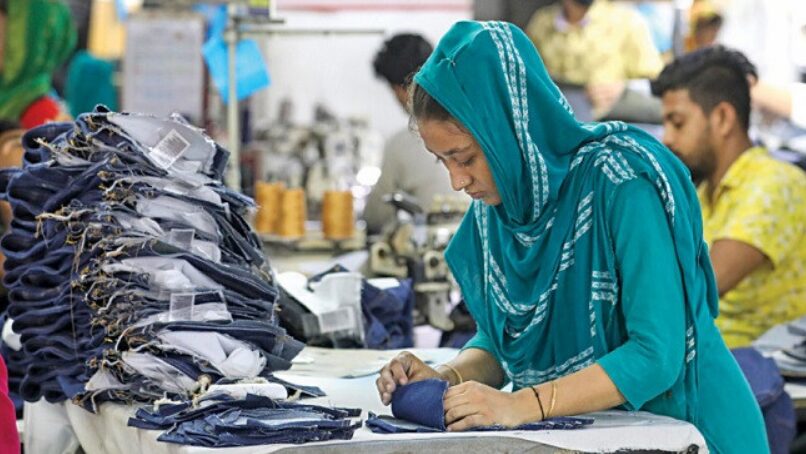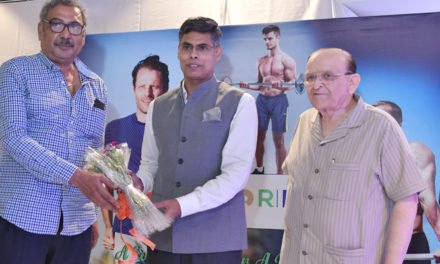 The Indian textile industry is set to witness notable advancements in 2024, fuelled by a confluence of factors that include rising export demand, resilient consumer spending, and favourable geopolitical dynamics, according to a recent report by B&K Securities.
The Indian textile industry is set to witness notable advancements in 2024, fuelled by a confluence of factors that include rising export demand, resilient consumer spending, and favourable geopolitical dynamics, according to a recent report by B&K Securities.
The ready-made garments (RMG) sector is expected to see a significant uptick in export demand throughout the year. This is largely driven by Western retailers’ restocking efforts and heightened interest in spring-summer collections.
Additionally, anticipated interest rate cuts in the US are poised to further stimulate demand for Indian garments. Stable cotton prices and a consistent supply chain will enhance India’s cost competitiveness on the global stage. Despite a moderate domestic market due to lower discretionary spending and existing overstock, the outlook for exports is encouraging.
The Indian textile sector’s advantage is further accentuated by the current crisis in Bangladesh, a key player in the RMG market. Although this presents a temporary boost for Indian exporters, the benefits may be limited due to differing product portfolios and Bangladesh’s trade agreements with the European Union.
Over the medium to long term, India stands to gain more significantly as global buyers seek to diversify their supply chains away from China and Bangladesh, particularly as Bangladesh faces rising wages and the loss of its Least Developed Country (LDC) status by 2029.
In the home textiles segment, growth remains robust, bolstered by strong consumer spending in the United States, which absorbs around 60 percent of India’s home textile exports? The increasing market share of Indian players in the US is supported by the China+1 strategy adopted by major retailers seeking to diversify their supply chains.
India’s competitive advantage in raw material costs and expanding domestic capacity further cements its position in the US market.Future opportunities also lie in ongoing Free Trade Agreement (FTA) negotiations with the UK and the European Union, which could lead to higher margins and increased market share for Indian exporters. However, the industry faces challenges such as logistical disruptions due to the Red Sea crisis and uncompetitive domestic cotton prices.
Additionally, as sustainability becomes a central theme in Western markets, Indian textile companies will need to invest in compliance with evolving norms to maintain their competitive edge. Overall, while the Indian textile industry is on a positive trajectory, strategic adjustments and proactive measures will be essential to navigate both current challenges and future opportunities.





















